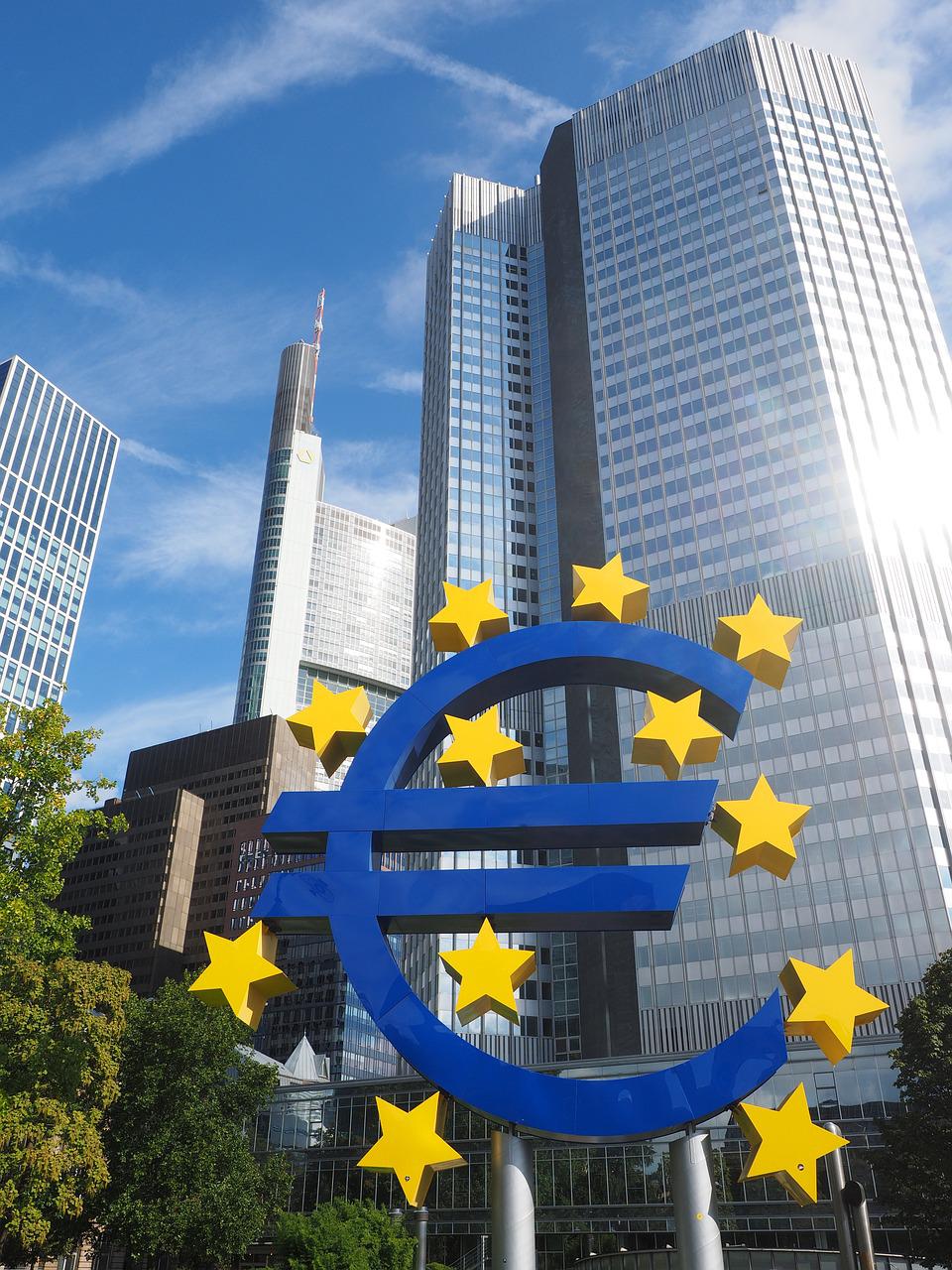By Konstantin VEIT
Summary:
- Inflation remains elevated, which makes another sizeable upward revision of the ECB’s quarterly inflation projections at the upcoming June meeting in Amsterdam all but certain.
- With the ECB more concerned with inflation dynamics than growth, we believe it will continue the process of monetary policy normalization, a process that started in December last year. The Governing Council (GC) will likely decide to end net asset purchases under its regular asset purchase program (APP) this month, and prepare the market for interest rate hikes in July and September, the first hikes in the Euro area in the past eleven years.
- Focus in the press conference will likely be on the pace and overall scale of the upcoming interest rate policy normalization. While we do not expect much guidance in terms of destination, we expect the ECB to stress that there are conditions in which gradualism would not be appropriate.
Additional thoughts:
Asset purchases, interest rates and fragmentation:
- Net APP purchases are currently foreseen to conclude in early Q3, i.e. July, but we believe the ECB will likely decide to end net asset purchases this month.
- On policy rates, President Lagarde and Chief Economist Lane recently guided towards an initial 25 basis point (bp) hike in July, followed by another 25bp hike in September, which would bring the relevant ECB policy rate back to 0% in Q3, after eight years in negative territory.
- The market is pricing around 120bp of rate hikes by the end of this year, essentially 25bp rate hikes at every policy meeting in H2 with some probability of the ECB delivering more than that, given the large uncertainty around inflation.
- Focus in the press conference will likely be on the pace and overall scale of the upcoming interest rate policy normalization. There remains considerable uncertainty where a neutral policy rate for the Euro area might be, but anything meaningfully above 1% in nominal terms seems somewhat less plausible in comparison to other developed market jurisdictions, such as the UK or US. Current market pricing of a 225bp interest rate cycle might suggest somewhat restrictive policy territory for the ECB, with a peak policy rate of 1.75% in early 2024. A 225bp hiking cycle would be broadly in line with the two previous, pre-global financial crisis ECB hiking cycles, and while we do not believe the ECB will provide a lot of guidance regarding the potential destination of the interest rate journey, we think the GC will be more vocal in emphasizing that moving in 25bp increments might not be appropriate in all conditions, particularly if faced with high spot inflation threatening to de-anchor medium-term inflation expectations.
- A GC majority probably still favors the concept of gradually normalizing monetary policy, but further upside surprises on inflation might swing the pendulum towards more aggressive moves on policy rates, and could solicit discussions around balance sheet normalization.
- While the ECB will continue to stress that it is closely monitoring the transmission of monetary policy across jurisdiction as it normalizes policy, we do not believe the ECB will come up with a framework or facility to tackle potential fragmentation issues anytime soon. Rather, and in line with the past, we think the ECB will prefer to respond to sizeable exogenous shocks with customized solutions, which speaks to a risk of markets testing the ECB’s willingness to neutralize any non-linear market responses that may arise from raising rates.
- We think the ECB will increase the deposit facility rate as well as the main refinancing rate by the same amount, keeping that policy rate corridor unchanged, as a tightening of the corridor would reduce the incentive scheme embedded in the current long term refinancing operations and discourage money market activity more broadly.
- Nevertheless, in a context of abundant excess reserves the deposit facility rate remains the sole reference rate for money markets, a situation likely to continue for years to come given the sheer amount of excess liquidity in the system and lack of any active balance sheet run-off plans. A passive run-off of the targeted longer-term refinancing operations (TLTRO) would see the ECB balance sheet shrink by around 25% over the next 2.5 years, without pushing excess liquidity below the threshold required to keep money market rates anchored around the deposit facility, as we do not believe the ECB will embark on an aggressive reduction of assets held on its balance sheet anytime soon.
ECB Reaction
- As expected, the ECB announced the end of net asset purchases for July 1st, and prepared the market for a hiking cycle starting in July.
- The ECB didn’t pre-commit to 25bp increment rate hikes beyond July, leaving the door open for larger hikes. As a result, a 50bp hike in September is now probably the base case as inflation is unlikely to moderate much until then.
- The ECB didn’t provide guidance regarding the potential interest rate destination, or the neutral interest rate, and plans to hike rates until medium term inflation stabilizes around target.
- The ECB pledged to fight fragmentation as needed, but no details were provided at today’s meeting and peripheral spreads widened as a result. We remain skeptical that the ECB will announce a credible back-stop facility ex ante.
- While we can see the ECB eventually delivering fewer rate hikes than are currently priced into the market, over the rest of the year, Eurozone inflation will likely remain very high and there will be elevated pressure on the ECB to act near to medium term.

